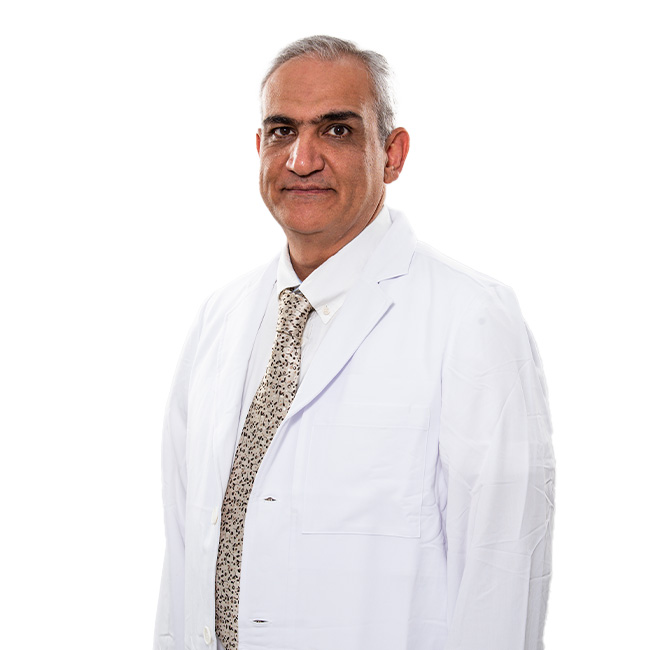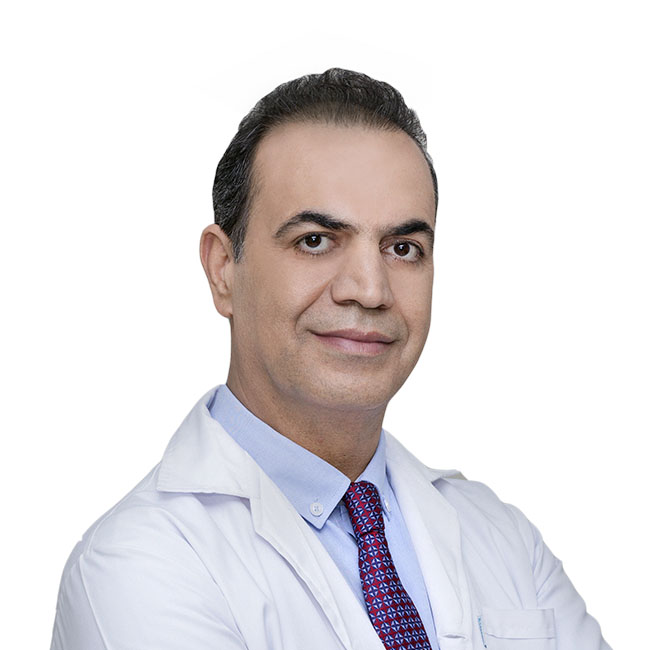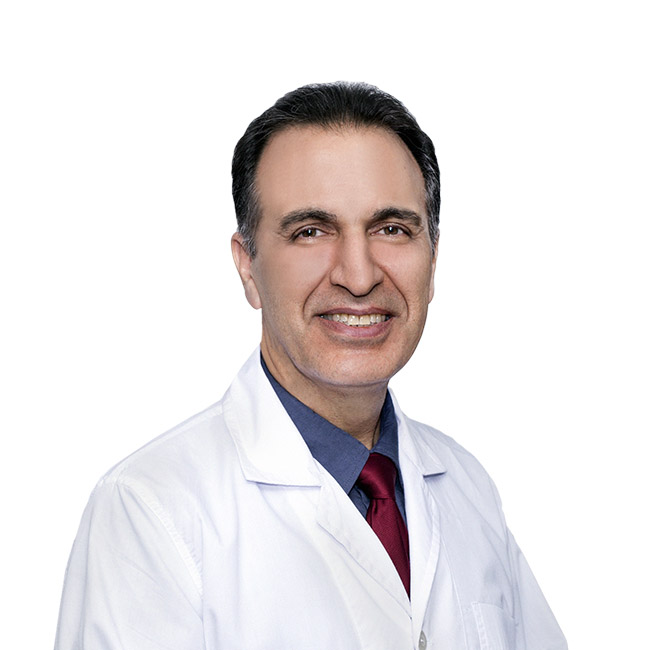Cataracts
Cataracts, a condition characterized by clouding of the eye's natural lens, initially show no apparent symptoms. However, as time passes, individuals may experience blurred vision, faded colors, heightened light sensitivity, difficulty seeing in low light conditions, and double vision. Cataracts predominantly affect older adults, with over half of Americans aged 80 and above developing cataracts or undergoing cataract surgery. Initially, the disorder might go unnoticed, but over time, colorful or blurred vision becomes apparent.
Diagnosing cataracts requires a consultation with a specialist ophthalmologist who utilizes ophthalmic devices to confirm the presence of the condition. The definitive treatment for cataracts is surgery, which typically lasts between 30 to 45 minutes and boasts a 99% success rate without significant side effects.
The development of cataracts, also known as lens opacities, is a natural part of aging that affects the eye, much like other parts of the body. The lens, a critical structure for vision, undergoes changes and wear over time, leading to the formation of cataracts.
The progression of cataracts is often gradual and chronic, with individuals in the early stages of the disease being unaware of any vision changes, primarily because cataracts do not immediately impact vision. However, visual impairment gradually becomes evident with time. The embryonic eye forms as shallow furrows on each side of the forebrain around 22 days into development.
Later, visual vesicles appear during the fourth week of development, leading to the induction of the eye lens. Remarkably, unlike other eye components derived from the neural ectoderm, the lens originates from the superficial ectoderm. As the lens vesicle develops, the cells of its posterior wall elongate, forming long filaments that fill the lumen of the lens vesicle. By the end of the seventh week, primary lens fibers reach the anterior wall of the lens vesicle.
Lens growth continues with the addition of new lens fibers (secondaries) to the central part of the lens. The lens is supported by the circular ciliary muscle, enabling adaptive actions for vision by stimulating the sympathetic and parasympathetic systems, altering the lens diameter to focus the image on the retina. In cataract disease, the lens becomes cloudy, obstructing the passage of light.
Cataracts, known as cataracta in Latin, derive their name from the Latin word cataracta, meaning waterfall, possibly referring to the white appearance of water flowing from the eyes.
The primary causes of cataracts are aging and eye damage, leading to alterations in lens texture and subsequent vision impairment. Genetic hereditary factors unrelated to the eyes can also contribute to cataract development and increase the risk of its occurrence.
Certain eye conditions or disorders, such as diabetes, may lead to cataract formation. Additionally, the use of corticosteroid drugs and exposure to factors like excessive sunlight, smoking, alcohol consumption, obesity, and high blood pressure are favorable risk factors for cataract development.
Cataract surgery is a relatively straightforward procedure involving the removal of the cloudy lens and, in most cases, replacement with an artificial lens. The surgery is virtually painless due to the application of local anesthetic drops, numbing the eye's surface before the procedure. The surgery typically takes between 30 to 45 minutes, and in nearly 98% of cases, it is carried out safely without significant complications.
Delaying cataract surgery can lead to increased cataract size, making its removal more challenging and elevating the risk of post-surgery complications. Timely surgery yields the best outcomes and helps preserve or restore vision.
Currently, cataracts cannot be prevented naturally, and no proven methods exist to delay the disease process. Nevertheless, some lifestyle modifications and regular eye examinations may prove beneficial.
In conclusion, cataracts, as lens opacities, are a common age-related condition that can significantly impact vision. The primary treatment for cataracts is surgery, which effectively restores vision in most cases. Early detection and timely surgical intervention are essential to maintaining optimal eye health and preserving vision.




